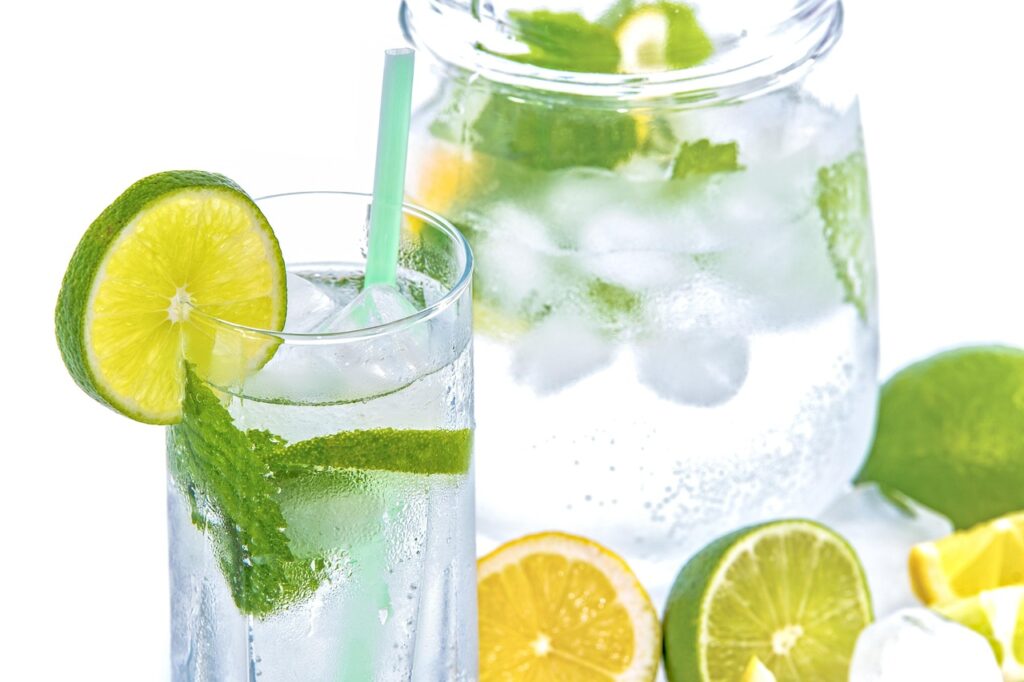Toast, especially white buttered toast, has very little to offer regarding nutritional value and is considered unhealthy. But there are other types of toast. What about the whole meal variety, for example?
There are over 300 types of bread, yet according to statistics, every third loaf sold is toast, and the trend is rising. In most cases, toast is industrially produced, meaning it is a highly processed product considered unhealthy and usually consists of 100 percent white flour. But is the wholemeal or spelt version perhaps healthier than buttered toast? And how problematic is toasting, actually?
These nutritional values are contained in two slices of toast (approx. 60 grams)
Let’s take the nutritional information from a well-known manufacturer for the equivalent of two slices of lightly buttered toast:
4.9 grams of protein
28 grams of carbohydrates
3 grams of fat (of which 1.5 grams are saturated)
2.2 grams of fiber
160 kilocalories
Toast is not a good source of fiber (about 30 grams per day is recommended). This explains why hardly anyone gets full from two slices. Four or even more are quickly consumed, so with toppings, several calories are added up. The glycaemic index of pure white flour products is also not particularly good, so hunger returns shortly. It is unsurprising that sugar is on the list of ingredients, but there is also an acidity regulator called sodium acetate. Although this additive is harmless to health, it is actually a preservative. To summarize: Toast can be delicious and, when eaten in moderation, is not harmful – but it is too unhealthy for a staple food.
How the consumption of wheat products drives up blood sugar levels
Short-chain carbohydrates, found in particularly large quantities in wheat flour, are broken down quickly during digestion. This process produces sugar, which is released into the blood and raises blood sugar levels within a short period of time. A constantly high intake of carbohydrates, therefore, leads to a permanently high insulin level in the long term. This, in turn, promotes obesity and type 2 diabetes.
In terms of protein, fat, carbohydrates, and, therefore, calories, wholemeal toast hardly differs from buttered toast. After all, two slices have just under four grams of fiber. However, only half of the flour is replaced by the wholemeal version. The content of added sugar and additives also remains similar. The same applies to spelt toast. However, spelt is somewhat healthier than wheat. This is because it contains all eight essential amino acids and is rich in magnesium and iron. Spelt also has a higher protein content. This is particularly interesting for athletes.
Conclusion: Wholemeal toast is the better choice. With wholemeal spelt toast made from 100 percent spelt flour (important, read the list of ingredients!) health-conscious people are even better advised. Ideally, you should buy it fresh from the bakery or bake it at home. Then you’ll know what’s in it and can leave out the sugar. Nevertheless, toast can never be as filling and nutritious as wholemeal bread made from natural sourdough.
Wheat toast, which is already unhealthy, becomes even unhealthier if you leave it in the toaster for too long. This is because the darker, and therefore crispier, the more acrylamide is formed during toasting. Studies clearly indicate that the substance is carcinogenic, even if it presumably requires larger quantities over a longer period of time. A slice of slightly burned toast probably won’t send you to your grave, but it doesn’t contribute to your health. Experts, therefore, recommend choosing the “golden mean” for toast, i.e., toasting it only slightly golden yellow.
- source: fitbook.de/picture: Bild von Frank Oschatz auf Pixabay
This post has already been read 3821 times!



